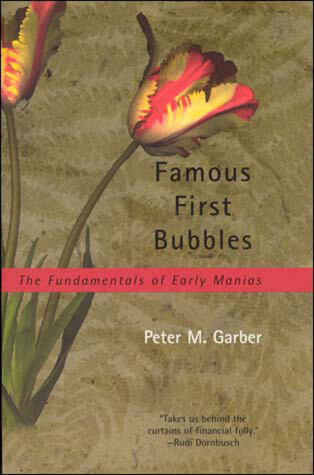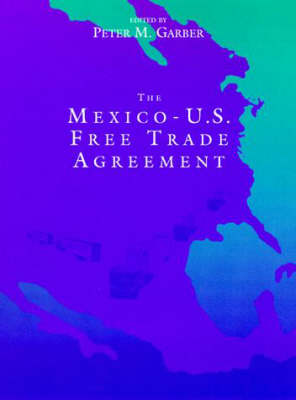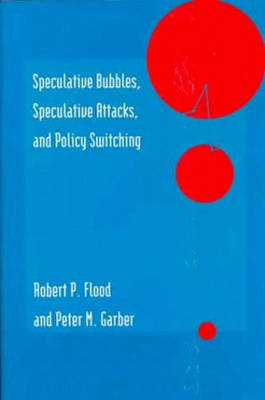The MIT Press
3 total works
In this book Garber offers market-fundamental explanations for the three most famous bubbles: the Dutch Tulipmania (1634-1637), the Mississippi Bubble (1719-1720), and the closely connected South Sea Bubble (1720). He focuses most closely on the Tulipmania because it is the event that most modern observers view as clearly crazy. Comparing the pattern of price declines for initially rare eighteenth-century bulbs to that of seventeenth-century bulbs, he concludes that the extremely high prices for rare bulbs and their rapid decline reflects normal pricing behavior. In the cases of the Mississippi and South Sea Bubbles, he describes the asset markets and financial manipulations involved in these episodes and casts them as market fundamentals.
Speculative Bubbles, Speculative Attacks, and Policy Switching
by Peter M. Garber and Robert P Flood
Robert Flood and Peter Garber confess to a "fixation on understanding extreme events" such as speculative bubbles, currency reforms, and speculative attacks on fixed exchange rate regimes and metallic monetary standards -- all markers of economic change. This book brings together their research in these areas during the 1980s and early 1990s, highlighting in particular the close relation of their work on bubbles to that of policy switching, or understanding the impact of prospective and past policy changes on individual economic behavior.Among the earliest contributors to the policy switching literature, Flood and Garber note that policy switching has become popular because the approach permits economists to come to grips with peculiar behavior that surrounds crises and other discrete events. The approach has also allowed economists to combine their understanding of economic behavior in times of crisis with observations of behavior during more normal times.The papers in the book are grouped into three sections: the first on price bubbles is primarily financial; the second on speculative attacks (on exchange rate regimes) is international in scope; and the third, on policy switching, is concerned with monetary policy.


